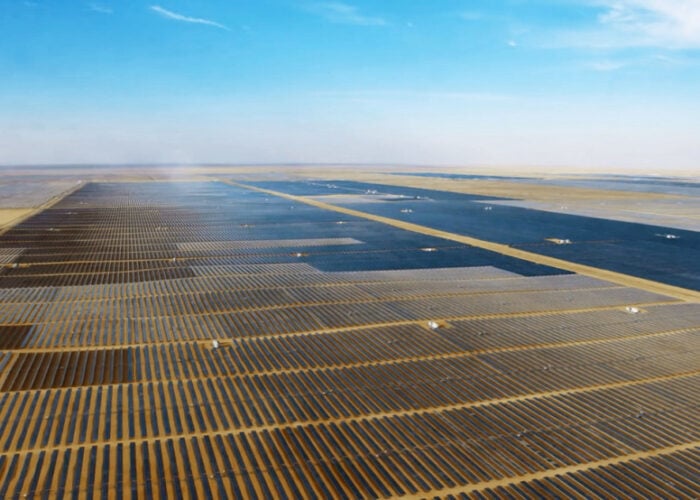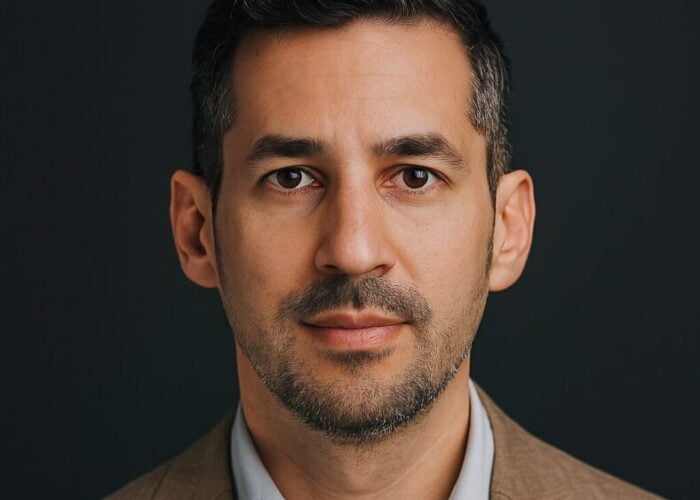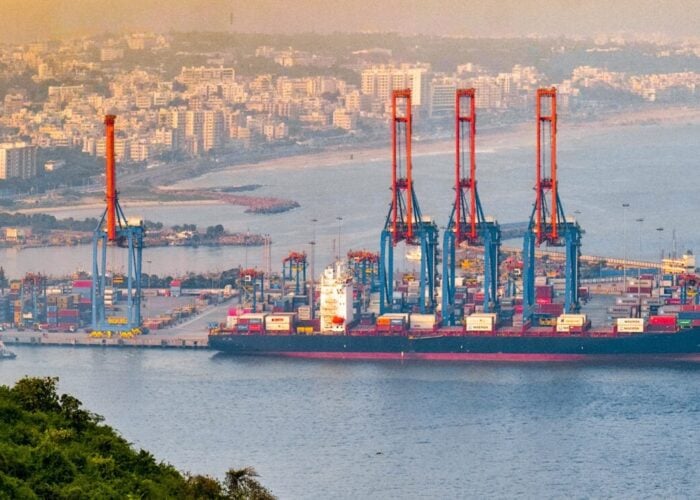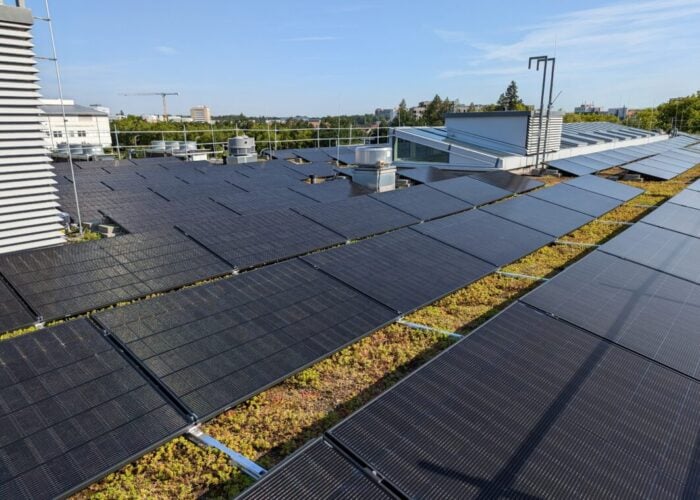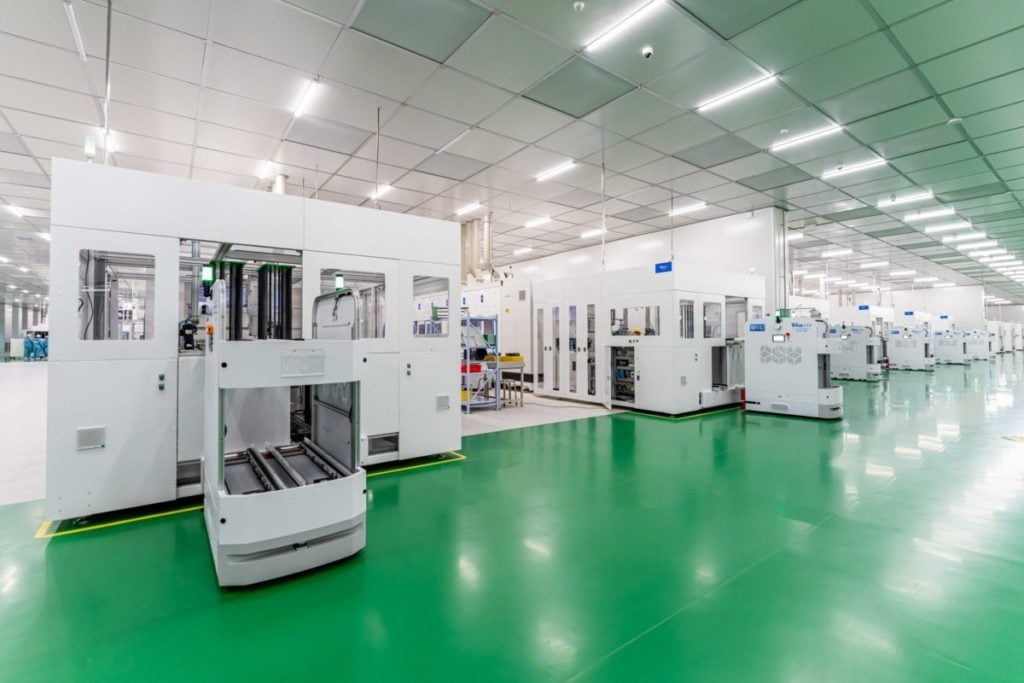
A new study has found that the laser-enhanced contact optimisation (LECO) process used in the production of tunnel oxide passivated contact (TOPCon) solar cells could increase those cells’ resistances by “orders of magnitude”, potentially impacting their conversion efficiency over the long-term.
The research, conducted by scholars at the Department of Materials at the University of Oxford, tested the impacts of the LECO process, which involves applying a laser to the front side of the solar cell to promote greater diffusion between the cell’s silver and silicon materials. This can reduce the resistance of the cell, a measure of efficiency losses caused by the interaction of components made of different materials.
Try Premium for just $1
- Full premium access for the first month at only $1
- Converts to an annual rate after 30 days unless cancelled
- Cancel anytime during the trial period
Premium Benefits
- Expert industry analysis and interviews
- Digital access to PV Tech Power journal
- Exclusive event discounts
Or get the full Premium subscription right away
Or continue reading this article for free
The researchers subjected the cells to temperatures of 400 degrees Celsius and to reverse bias testing – where a cell is subjected to a voltage to increase the electric field present at the P-N junction within a semiconductor – to test the impacts on cell resistance.
They found that the contact resistance of these cells, when subjected to the LECO process, increased from 4.8Ω (ohm) to 320Ω. This led to a relative efficiency loss of around 95% compared to the cell’s starting values, a significantly higher figure than the 0.6% efficiency gain delivered by using the LECO process that is cited in the report.
The growing position of TOPCon cells in the global solar sector means that processes such as LECO are an increasingly important part of the industry. Last year, Bram Hoex, deputy head of the School of Photovoltaic and Renewable Energy at the University of New South Wales, told PV Tech Premium that laser-assisted firing is “the biggest innovation in solar cell manufacturing in the last couple of years”.
Indeed, despite the preliminary conclusions of the report, its authors note that this does not necessarily mean that the LECO process is somehow fundamentally flawed, and further study is required. The researchers highlight that the combination of testing biases and temperature stresses simultaneously means it is unclear the extent to which each component affects the resistance gain and efficiency loss, and that “further investigations will be required to decouple these components”.
“This phenomenon highlights a broader reliability issue for solar cells in operation, as the increase in [resistance] can directly impact the device’s long-term stability and efficiency,” wrote the report’s authors.
Maximising solar generation in extreme weather
The potential impact of temperature on these resistance figures is significant, considering that solar modules will need to be deployed in an increasingly diverse and extreme range of environments if the world is to meet its decarbonisation targets.
A report from Dii Desert Energy, into the future of renewable power in the Middle East and North Africa (MENA) region, forecast the area to increase its cumulative installed solar PV capacity from 22.3GW at the end of 2024 to 75GW by 2030, with PV to account for more than half of the region’s total installed renewable energy capacity by the end of this decade.
Earlier this year, researchers from the DEWA R&D Center in Dubai wrote a piece on the role of new testing standards for solar systems deployed in desert environments, as developers look to build projects that operate effectively in desert conditions for decades.
Beyond just the extremities associated with desert environments, the impacts of climate change could usher in a new era of more extreme weather, posing challenges for PV asset managers. Earlier this year, Marcel Suri, CEO of Solargis, wrote a piece for PV Tech in which he argued that the deployment of solar projects in regions with more extreme weather would necessitate the use of higher-quality data, and a more sophisticated approach to data collection and usage, in order to maximise these projects.

